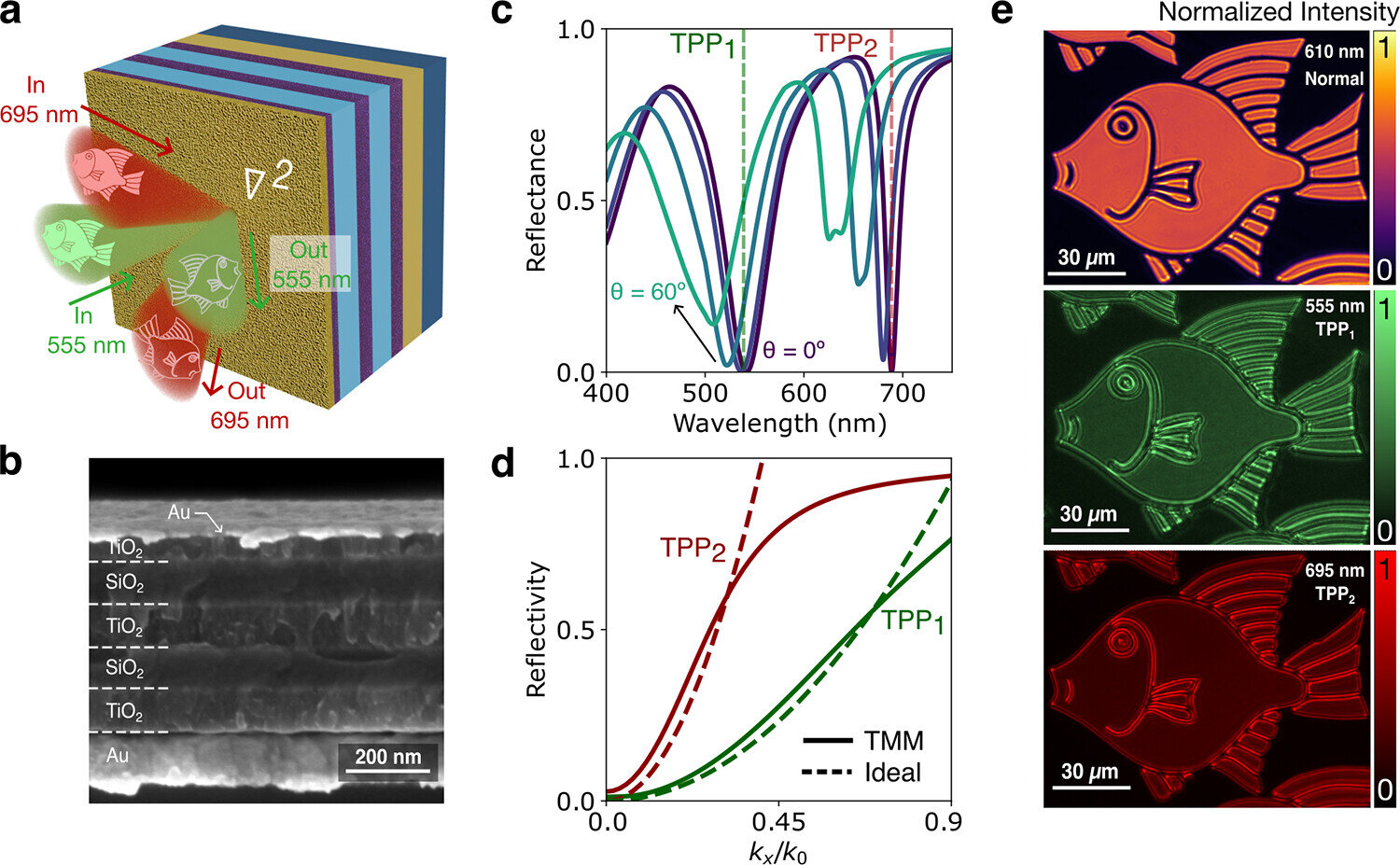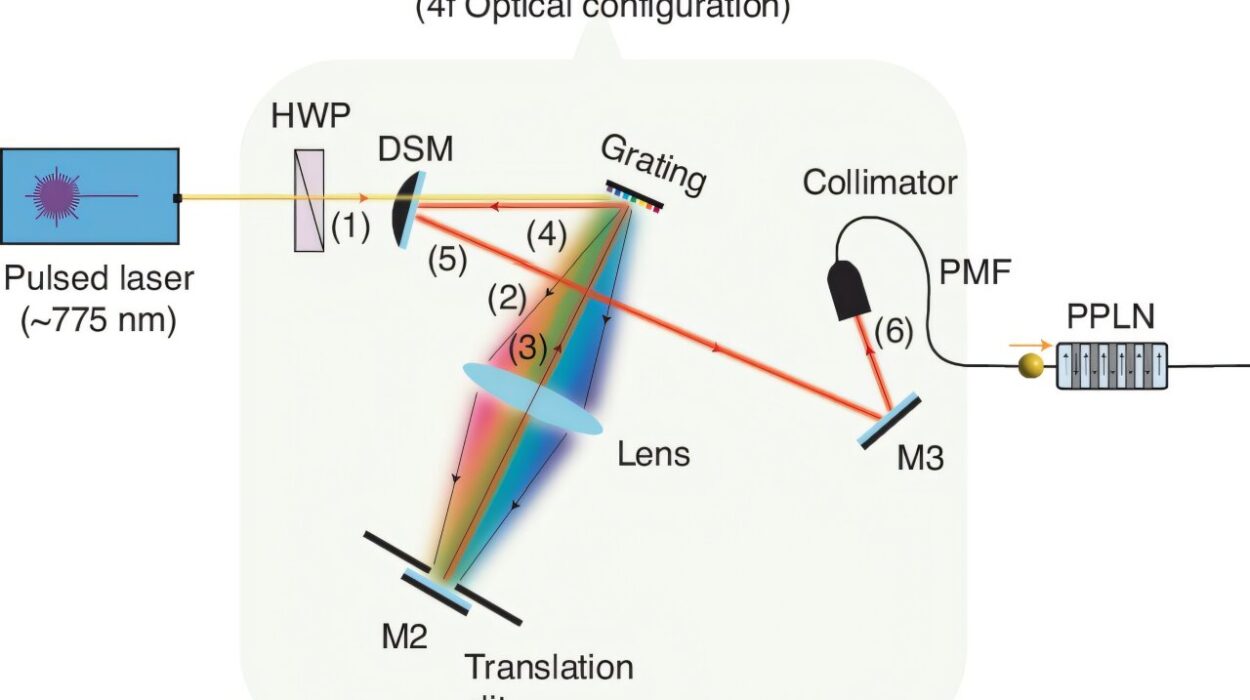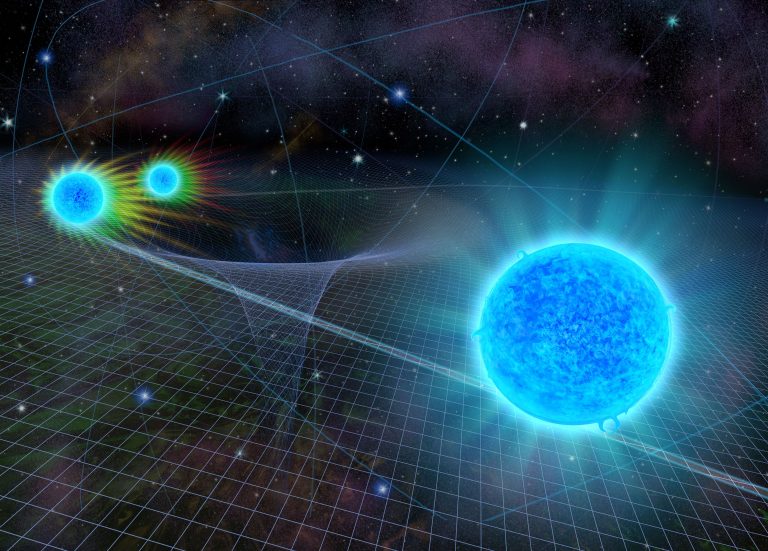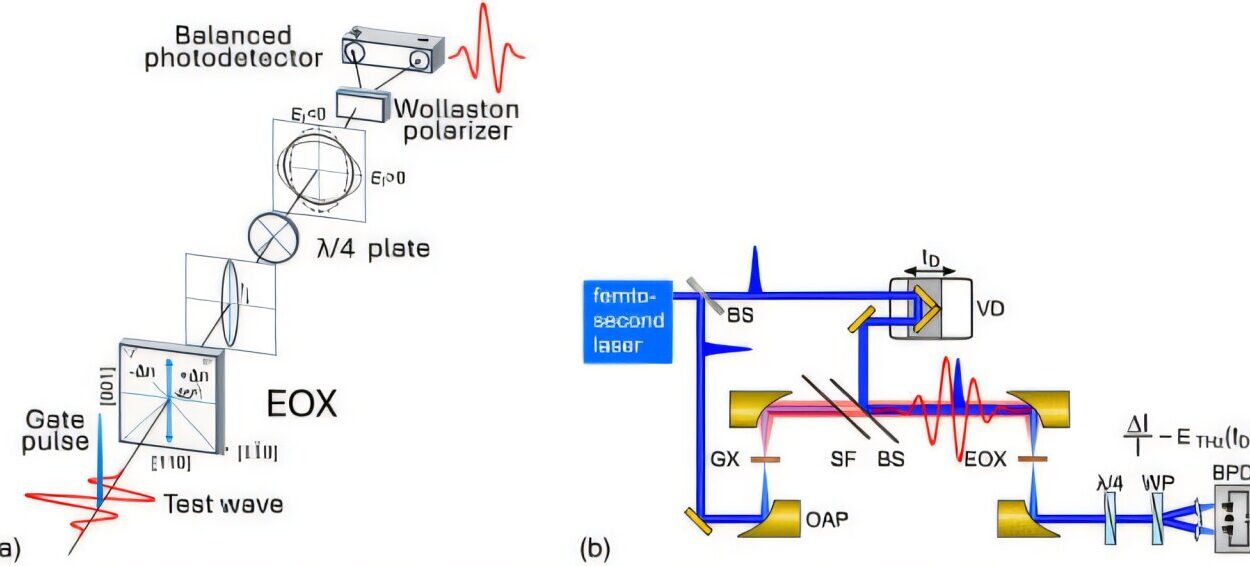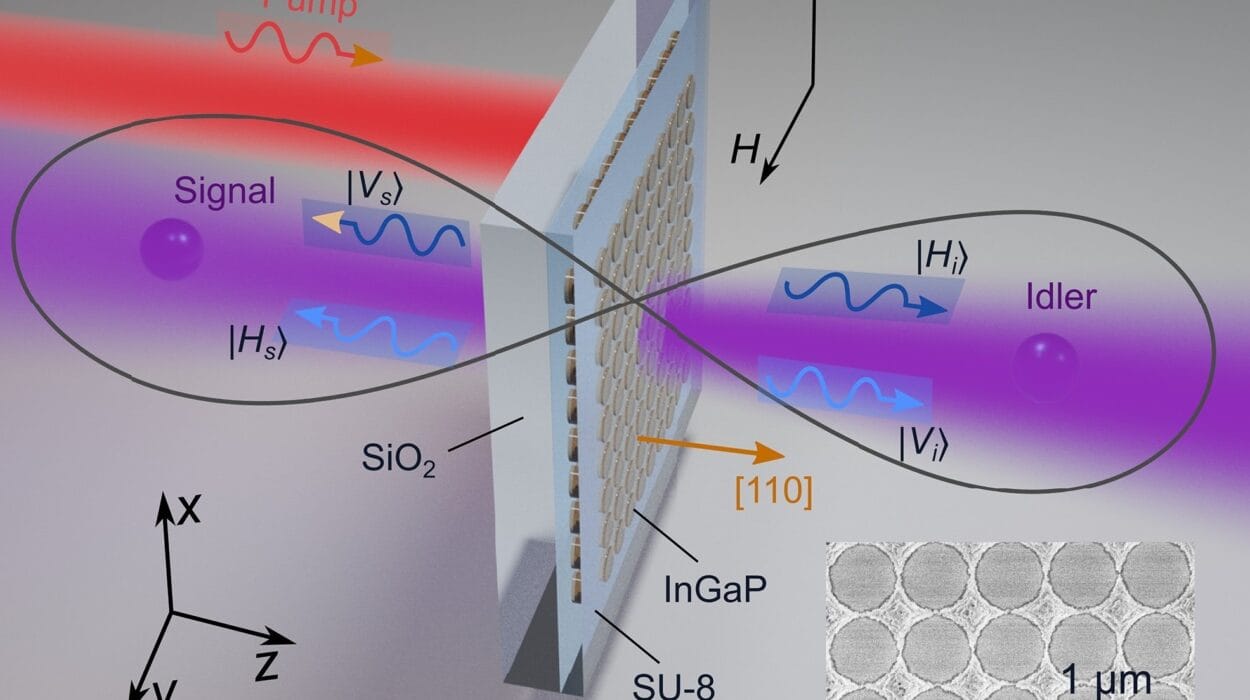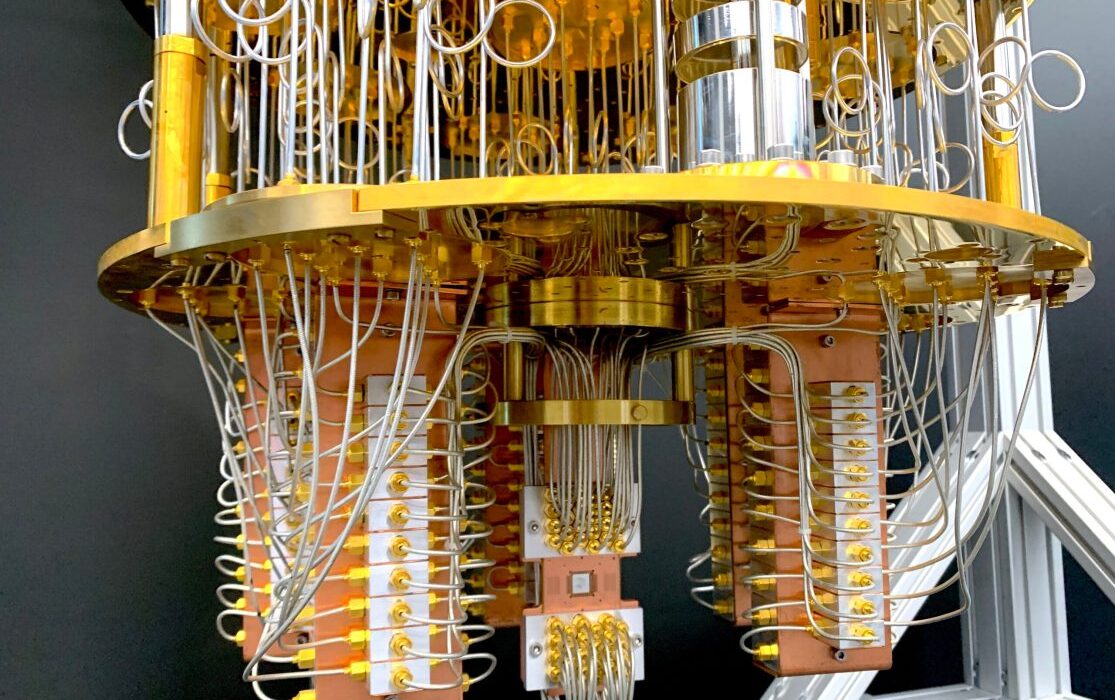Researchers from the group of Jorik van de Groep at the University of Amsterdam’s Institute of Physics (UvA) have pioneered a revolutionary method for detecting image edges with remarkable energy efficiency and speed. Recently published in the journal ACS Photonics, their work demonstrates a new approach to optical analog computing that significantly lowers energy consumption while performing crucial image processing tasks like edge detection in record time.
The Growing Need for Energy-Efficient Computation
In the current technological landscape, the energy cost associated with computation and data processing is a growing concern. As software demands increase and the scale of data processing expands, the traditional hardware solutions are struggling to keep up. Not only are they becoming increasingly insufficient in terms of processing capacity, but their environmental and economic impact is also amplifying as energy consumption continues to rise.
This challenge has sparked a wave of innovation in computing techniques that focus on maximizing energy efficiency while ensuring ultra-fast performance. Among the promising alternatives is optical analog computing, which harnesses the properties of light to perform calculations and process data, bypassing the need for traditional, power-hungry electronic processors.
In optical analog computing, instead of relying on electricity to perform computational tasks, light is used to carry out mathematical operations directly. This method stands out because it is not only energy-efficient—since optical systems typically do not require external power—but it also operates at the speed of light, vastly outperforming conventional electronic systems in terms of speed.
Focusing on Edge Detection
Edge detection, a fundamental technique in image processing, played a pivotal role in the work conducted by the UvA physicists. It involves identifying areas in an image where there is a sharp contrast in brightness, signaling the boundary or outline of an object. This task is vital in various fields, from medical imaging to the technology used in autonomous vehicles, where detecting the edges of objects can help the systems “see” and interpret their environments.
The task of detecting edges traditionally relies on complex digital computation that is both time-consuming and energy-intensive. For applications where real-time data processing is essential—such as in self-driving cars or medical diagnostics—the ability to detect edges rapidly and with minimal energy consumption becomes even more crucial.
The New Optical Analog Approach
In a groundbreaking paper, the UvA researchers, in collaboration with industrial partners WITec and SCIL Imprint Solutions, demonstrated the use of a simple stack of thin films to perform optical analog computation for edge detection. The beauty of this solution lies in its simplicity and energy efficiency. Unlike the complex optical coatings often used in advanced imaging devices, the researchers’ design is minimalist, making the process both cost-effective and straightforward to manufacture. Despite the simplicity, the device demonstrates high performance, with an ability to detect extremely fine details—such as edges of objects as small as 1 micrometer across.
Bernardo Dias, the first author of the publication, emphasized the advantages of this novel design: “The design of the layer stack is extremely simple compared to the complex optical coatings that pose as the state-of-the-art. Despite this, our device shows one of the largest numerical apertures to date, allowing us to perform edge detection on the smallest possible targets.”
Versatility and Applications
A significant benefit of this optical analog computation approach is its versatility. It can operate effectively with a variety of light sources, such as lamps, LEDs, or lasers, making it highly adaptable to existing technological setups. This flexibility opens up exciting opportunities for real-world applications, particularly in high-resolution microscopy. Edge detection plays a vital role in microscopy, helping researchers examine tiny biological samples or microscopic structures in detail, especially when those structures are not easily visible under conventional imaging techniques.
The researchers also point out a notable advantage of their method—it excels in detecting edges of transparent objects, which would remain invisible to traditional bright field microscopes. In particular, this makes the technique highly valuable for biological imaging, where many biological structures—such as cells—are transparent and cannot be easily analyzed using standard microscopes.
These unique features position this new method of optical analog computing as a game changer for many fields requiring high-precision image processing. Given its energy efficiency, the potential for implementation in consumer-grade technologies is enormous, providing a scalable and cost-effective alternative to current digital image processing techniques.
Looking Ahead: Switchable Devices for More Versatile Applications
While the current results are promising, the team of researchers is already looking forward to future improvements. One area of ongoing work is the development of switchable devices for optical analog computing. These would allow users to turn on or off specific mathematical operations or switch between different types of computational tasks, significantly enhancing the versatility of the technology.
This move towards a switchable device could have a wide range of uses beyond just edge detection. For instance, it could be used in various other areas of computational imaging and optical sensing, where multiple mathematical operations are required in quick succession. The ability to switch functions easily could make optical analog computation even more useful in real-time applications, where flexibility and rapid decision-making are essential.
Conclusion
The research conducted by the physicists at the University of Amsterdam represents a crucial step forward in optical analog computing and image processing. By demonstrating an energy-efficient, ultrafast method for edge detection, this innovation paves the way for the future of high-precision, low-power imaging technologies. Their simple yet effective approach addresses the increasing demand for energy-efficient computation while maintaining the speed necessary for real-time applications.
The ability to detect edges in images with minimal energy use and at the speed of light has the potential to impact a broad range of industries, from biological research to autonomous vehicles, where precision and real-time performance are critical. As the researchers continue to refine this method and develop more versatile devices, the future holds great promise for this cutting-edge optical computing technology.
Reference: Bernardo S. Dias et al, High-NA 2D Image Edge Detection Using Tamm Plasmon Polaritons in Few-Layer Stratified Media, ACS Photonics (2024). DOI: 10.1021/acsphotonics.4c01667
